New Orleans is home to several different species of stinging insects, including bees, wasps, fire ants, and more. While some of these insects can cause painful, annoying stings, they can be even more harmful, sending countless people to emergency rooms every year. Many of these insects have similar appearances, so in this article, we’ll give you some tips on how you can identify and control the different types of stinging insects found in New Orleans! If you are a New Orleans area resident that is currently facing a problem with bees, wasps, or other insects, please don’t hesitate to contact our team at Pied Piper Pest Control today for a free pest control estimate!
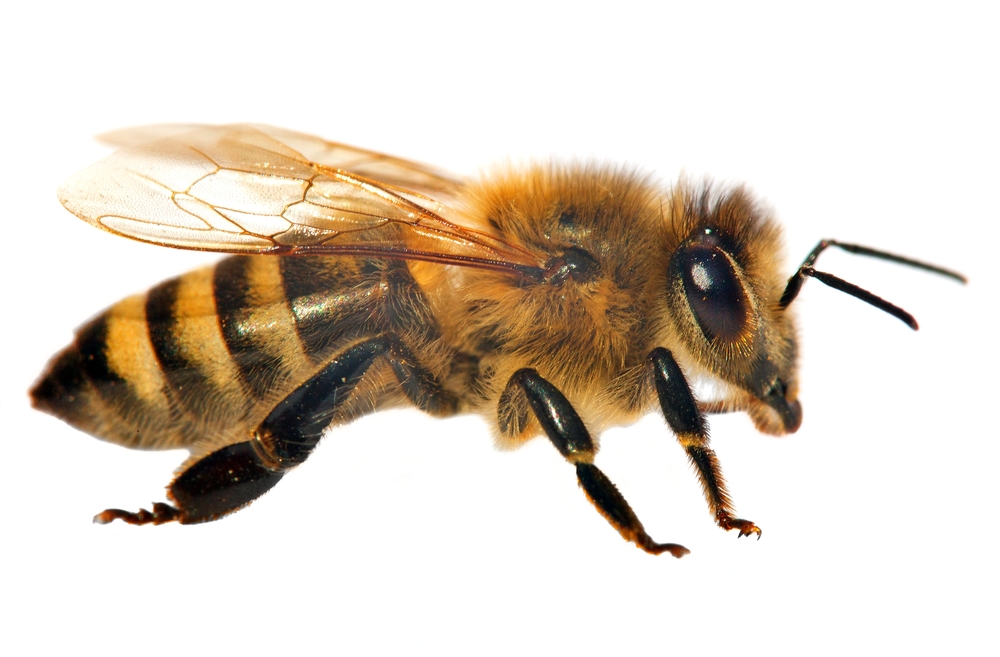
Honey Bees
Honeybees are invaluable pollinators that are priceless to our ecosystem, but their painful stings can be a nuisance. Honey bees are typically peaceful and usually found in parks and gardens, on a mission to gather pollen and nectar to produce honey. Honeybees will usually only sting if they are threatened or attacked. For example, if you try to destroy their hive or accidentally step on them, they may sting you. If you notice a honey bee colony around your home or business, you should contact a pest control professional who offers ethical relocation services, as these bees are essential to our environment.
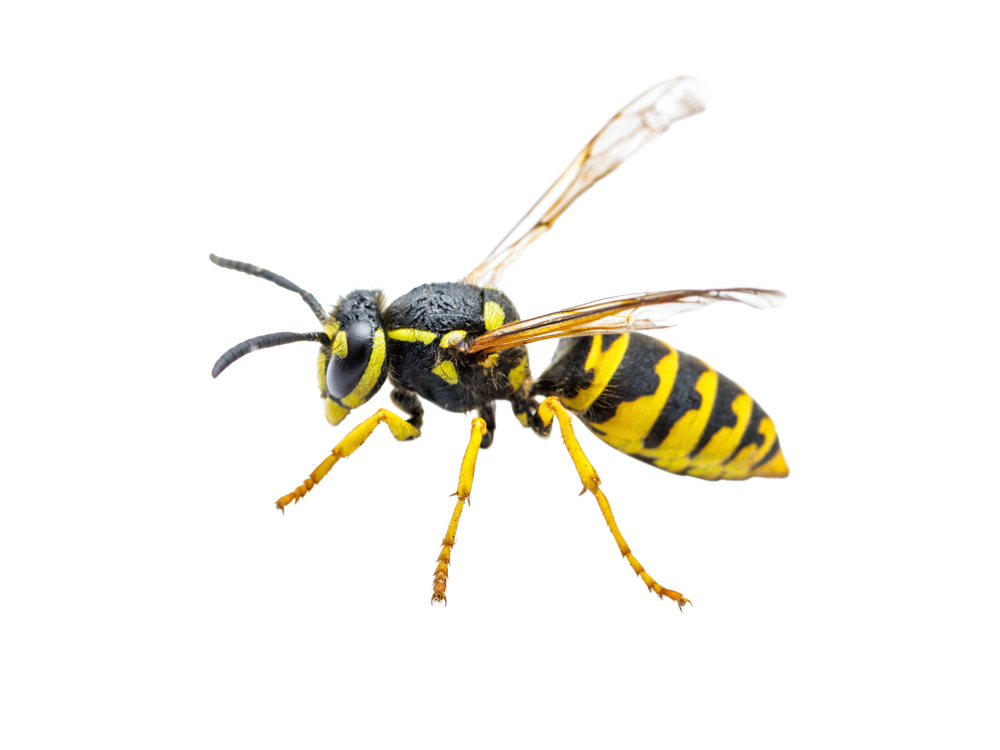
Yellow Jackets
Yellow jackets are a type of territorial wasp that will be aggressive and sting when threatened. Yellow jackets are yellow and black in color with a thin waist, giving them a segmented-looking body. These types of wasps are frequent visitors at barbecues, picnics, and other outdoor eating events because they eat foods rich in sugars and carbohydrates. Because yellow jackets are aggressive when confronted, it’s best to have a professional deal with them if they are giving you trouble around your home.
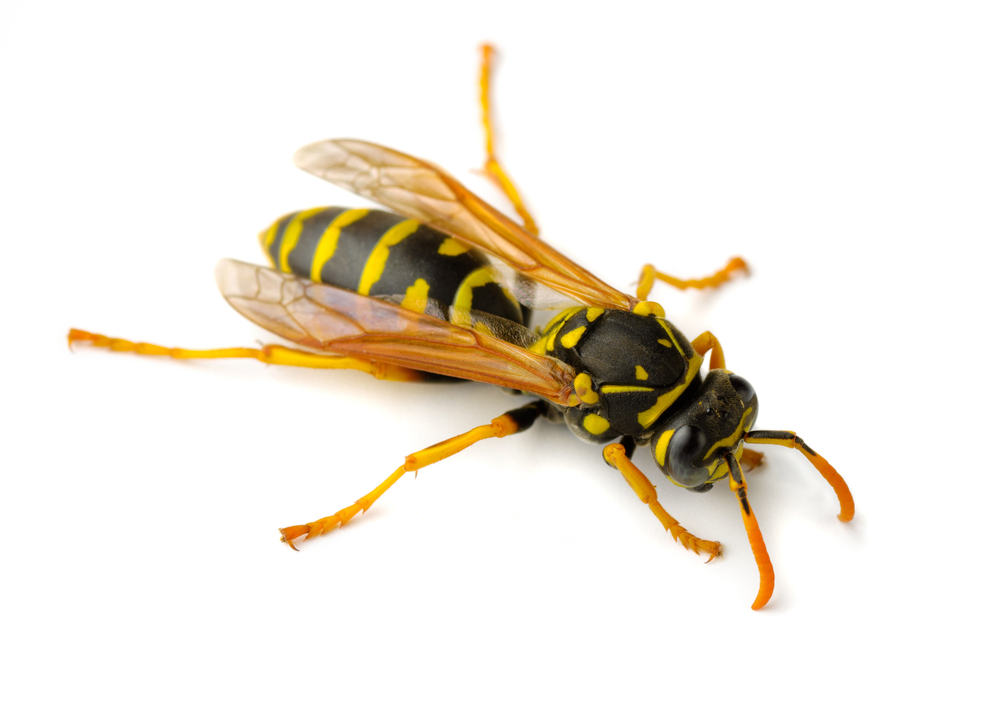
Paper Wasps
Paper wasps get their name from the fact that they use paper-like materials to build their nests. Paper wasps look similar to yellow jackets with their color and thin waists, although they can be differentiated by their long second abdominal segment. You can also differentiate between these two types of wasps by the nests they live in. Paper wasps build nests that are sometimes compared to the shape of an upside down umbrella, while yellow jacket nests are typically found underground in old animal burrows. Paper wasps are not naturally aggressive, but they will sting you if they feel threatened.
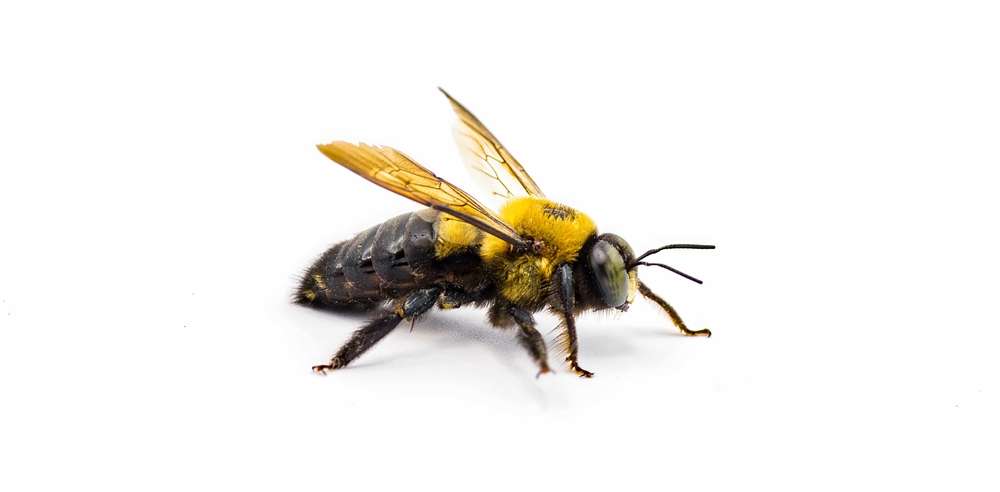
Carpenter Bees
Carpenter bees get their name from the fact that they typically build their nests in wood, often old trees or houses. Carpenter bees are often confused for bumble bees because they look similar, however, they can be differentiated because the abdomen of carpenter bees is hairless, unlike bumble bees. Male carpenter bees can not sting, but females may deliver a painful sting if they feel threatened or if their burrows are being attacked. If you notice carpenter bees around your home or business, you should contact a pest control professional as soon as possible!
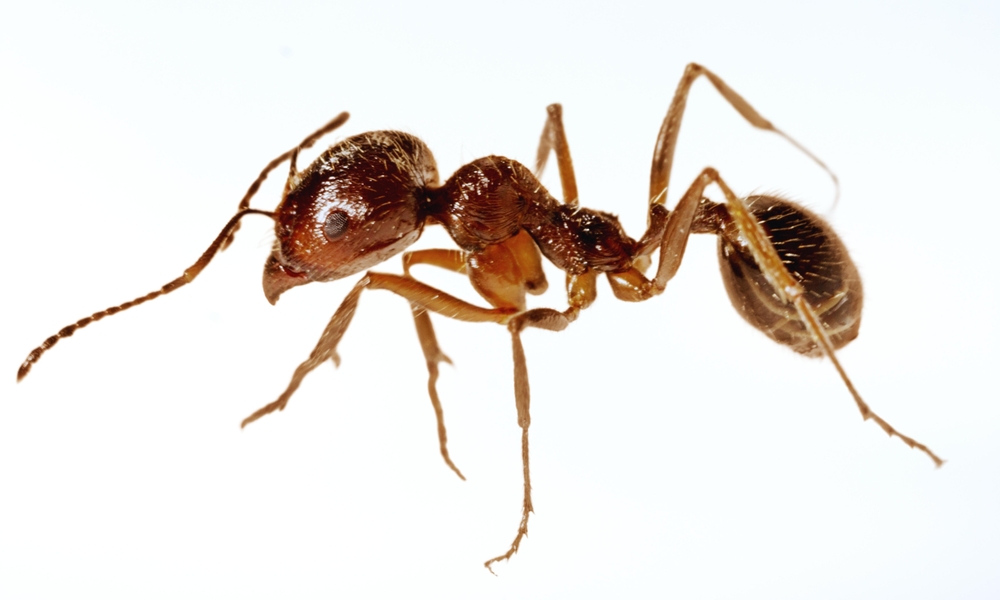
Fire Ants
One more stinging insect (that we’ll mention in this article) that is commonly found in the New Orleans area is fire ants. Fire ants have a reddish-brown head and thorax with a darker-colored back segment where their stingers are located. Fire ants will typically sting as a defense mechanism, and their stings can be extremely painful.
Contact Pied Piper Pest Control!
If you’re a resident of the Greater New Orleans area that is dealing with a bee, wasp, or ant infestation, please don’t hesitate to contact our team at Pied Piper Pest Control for a free pest control estimate! We provide a wide range of pest control & extermination services for bees, insects, termites, birds, bats, and more to home & business owners throughout the New Orleans area! Contact us today to get a free estimate on a pest control service by calling us at (504) 366-1333 or by filling out the contact form on our website!
